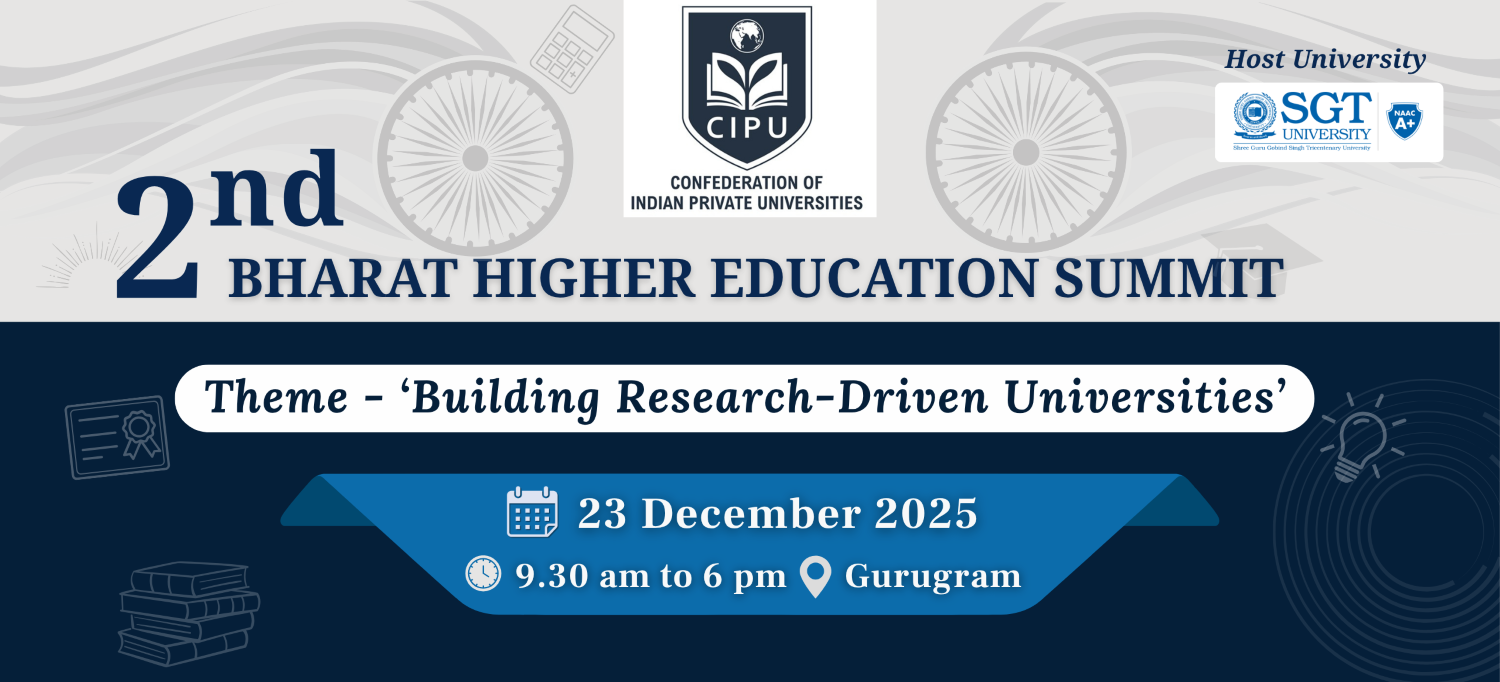1. What led you to specialize in water research and sustainability, and how has your perspective evolved working in both academic and applied settings?
The World Health Organization (WHO) highlights a concerning reality: one in every three individuals worldwide lacks access to clean drinking water. This issue is particularly severe in developing regions. Access to clean water is not a luxury but a fundamental right. Like many researchers in the field, I was drawn to water research and sustainability due to the foundational role water plays in human civilization and the escalating global threat of its scarcity and pollution.
Working across both academic and applied settings, I have been able to truly appreciate the diverse nature of water resource management. Evolution and adoption of water management technologies is centered around the transition of societal needs, technological innovation and governance philosophies. Academia and applied research while having their differences help develop diverse perspectives and present unique learning opportunities. Academia provides a system-level, theoretical understanding of the concepts governing the many sciences involved in this field, while applied settings reveal practical challenges, where the ability to solve problems in real time, while adhering to tangible confines is fostered. I strongly feel, a dual exposure such as this is necessary for every researcher, as over time, it helps foster a commitment to bridging theoretical and practical knowledge, thus creating a robust solution that is both scientifically sound and contextually appropriate.
2. From your experience, how do universities in the U.S. approach sustainability research and policy, and what can Indian institutions learn or adapt from that model?
U.S. universities aim to integrate sustainability research with policy innovation via the unification of diverse entities through interdisciplinary research and collaboration. These entities often include local/federal governmental partnerships, active industry collaborations and inter-university alliance. Through this collective effort, U.S. universities strive to connect academic researchers with policy makers and industry experts, thus paving a pathway where academia can shape a sustainable future and advance important facets of population growth by aligning research scopes and outputs with state and federal legislative goals.
These cooperative efforts give U.S. universities access to structured fundings from federal and private sources thus leveraging their ability to perform public impact research (PIR), directly benefiting society and engaging community stakeholders through academic study.
Indian institutions can draw key lessons from this model by fostering stronger interdisciplinary alliances, leveraging a collaborative effort amongst universities, governmental agencies and industry partners. While such collaborations are becoming more frequent in India during recent times, the increase in their frequency promises to massively benefit the country’s public health domains and economic growth.
Through this collaborative effort, universities in India can promote a transdisciplinary research culture and develop in situ testbeds that cater to local and/or federal challenges. This approach will not only accelerate innovation but also embed the collaborative culture amongst the next generation of graduates.
3. How do you view the potential of U.S.–India academic collaborations in addressing global water and environmental challenges?
U.S. – India academic collaborations hold significant promise for addressing global and local water and environmental challenges. The U.S. and the state of Texas in particular, has been at the forefront of water treatment and direct potable reuse efforts. With the ever-growing water demands of Indian populace and increasing water scarcity concerns nationwide, translating such practices to meet local needs will bolster water security across the nation. Furthermore, both countries share some significant problems including source water contamination with heavy metals like Arsenic (As). An U.S. - India collaboration will help leverage the U.S.’s technological expertise with creation of novel methods in dealing with the aforementioned problems and its likes, while boosting local infrastructure and regional awareness in India. Finally, novel compliance frameworks can be set up mirroring those existing in the U.S. while accommodating the needs of the region.
Overall, such collaborations can accelerate innovation, create novel policy frameworks and finetune existing ones while fostering scalable solutions for both nations.
4. In your leadership role, how do you engage with policymakers to translate research into action, and how important is that interface between academia and governance?
Engagement with policymakers is crucial to the effective translation of research into an actionable policy, beyond the confines of the academic realm. Effective engagement begins by identifying existing gaps in the policies (pain points), the ideal entry points (policy briefs, stakeholder workshops etc.) and ends with translating the research findings into clear actionable insights and foreseeable outcomes upon implementation. With a proper engagement of the policy makers during the design phase promotes trust amongst stakeholders while increasing the odds of its successful translation beyond academia.
Furthermore, the interface between academia and governance is vital for ensuring that research leads to actionable, evidence-based policies that address societal needs and promote sustainable development. Bridging the conflicting expectations of an academic, who is typically guided by scientific analysis and long-term vision and that of a policy maker who must navigate through legal, ethical and implementational challenges, is quite frequently an unsurmountable roadblock leading to confining the research to academic discource. It requires a mutual understanding of each other’s footing. In many cases a compromise is often the most productive path forward. When the relationship between both parties is collaborative rather than transactional and oppositional, the work product becomes more grounded, equitable and scalable. Overall, building a durable bi-partisan collaboration between academia and local/federal governments is not just beneficial but essential to bring about systemic change.
5. In terms of education, how can we better integrate sustainability into mainstream higher education curricula, especially in developing countries?
Integrating sustainability into mainstream higher education requires moving beyond the traditional view of it as a niche topic. To illustrate this, we must add context to this discussion. Let’s consider SpaceX and NASA. Both are organizations that are epoch of space exploration and extraterrestrial research while housing the best minds in this realm of science. Yet, SpaceX’s reusability model makes it more sustainable and cost effective. SpaceX’s success doesn’t necessarily lie in a standalone sustainability program, but in embedding sustainability into core design and engineering processes.
Similarly, in higher education, mandating a standalone course across all disciplines is insufficient. It merely adds an additional burden to an already overloaded curriculum. While it is important to teach the detrimental effects of non-sustainable practices and the benefits of sustainability, contextualizing within each field of learning promises to help students see its relevance and apply it meaningfully, thus producing a lasting effect on the learning.




